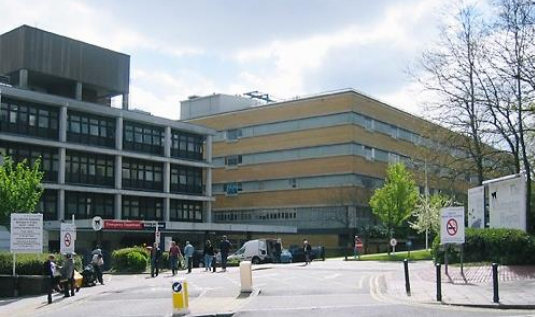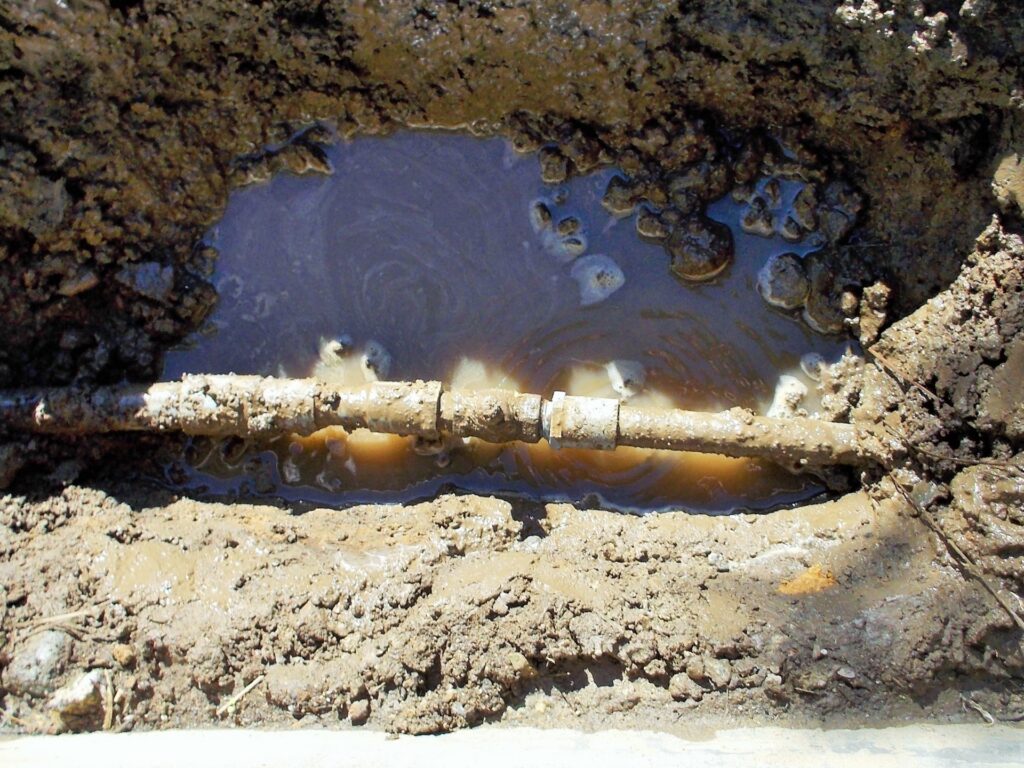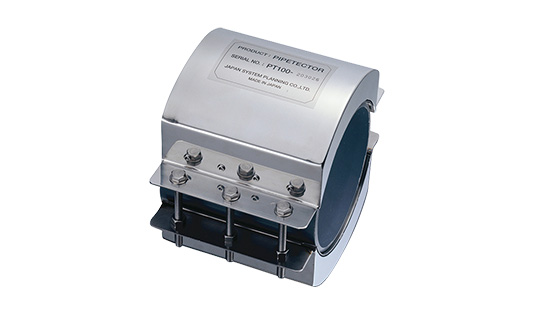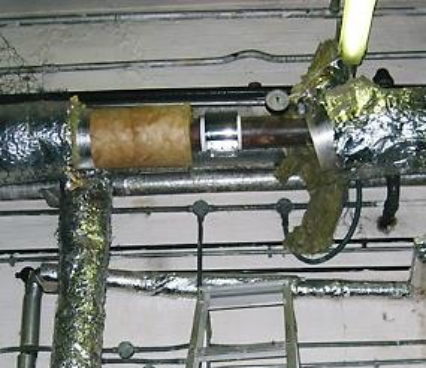Water pipe deterioration

As time passes, it is inevitable that any buildings get old. Plumbing systems, essential for our daily lives, also deteriorate after many years of use. For example, if you see reddish water coming out from a faucet, you should be alarmed as it is a sign that rust has peeled off and leached in the tap water enough to cause discoloration. If left untreated, you may end up having clogged pipes or water leaks, or even both.
Pipetector is by far effective against internal red rust and is used all over the world because of it. Here, I would like to showcase a successful installation at the UK’s large medical center: Whittington Hospital.
NHS Foundation hospital

Let’s take a peek at what kind of hospital it is.
Overview
Whittington Hospital is one of the largest medical institutions in North London. It was established in Highgate Hill as a result of three local hospitals being merged back in the 1860s. It now serves as the core hospital in the region.
Incidentally, the oldest one out of three, constructed in 1745, was used to house smallpox patients to help them cure the disease until the virus was eliminated from the world in 1980. It is also well-known that it had accommodated more than 1,000 patients during the deadly Black Death epidemic in 1855.
Whittington’s Cat greets you
A sculpture of a cat can be seen near the hospital. It is called Whittington’s Cat that was named after the protagonist of interesting English folklore: Dick Whittington and His Cats.
Once upon a time, there was a poor merchant named Dick Whittington. He was working in the ocean shipping industry when his cats were extremely good at killing off rats. Back then, rats spreading disease on commercial ships were a pain in the butt. Many ship owners and trading companies asked Dick if they could pay him and his little apex predators to get rid of the nuisance creatures. As a result, he became wealthy from the rat hunting business. Later on, after he was bestowed the title of Lord Mayor of London, he decided to build a hospital with the fund he earned. That is said to be the beginning of Whittington Hospital. Its logo is a cat, too.
Deteriorated hot water pipes

Whittington Hospital’s hot water pipes were also aging, as about 30 to 40 years had passed since the last time they were replaced. The pipes in the simple operation rooms, control sections, and sterile sectors were using galvanized steel as pipe material. They deteriorated so much that the hospital’s taps spat out disgusting reddish discolored water every morning. The risk of water leaks due to clogged and rusty water pipes was incredibly high, which was exactly why the hospital decided to adopt Pipetector.
What is Pipetector?

Preventing the development of internal red rust
Pipetector is a device that inhibits new red rust from forming inside pipes as well as reduces existing red rust to black rust. Black rust creates a dense, hard film on the inner surface of galvanized steel pipes to protect them from rusting. It has also been used to coat the surface of steel locomotives, kettles and other iron products.
Successful performance
Pipetector has been on the market for more than 25 years, with over 4,200 units sold as of 2020. In addition to condos, the device is used in a wide variety of buildings, including governmental, public and commercial facilities in Japan and abroad. Pipetector can be used not only for water mains but also for air-conditioning heating, chilled, condenser and hot water pipes.
Immediate effectiveness
Pipetector can show immediate performances. In fact, our customers often say they have seen the effect in a month on average. It is beneficial for those who want to solve their current rust problems as soon as possible. Whittington Hospital, which is on the topic right now, too, experienced Pipetector’s immediate effect once it was installed.

Test trial results
The health institution’s hot water, which was stagnating at the night back then, had 7.3 mg/L of iron content before installing Pipetector. As the water quality regulation on the iron level in hot water is set at 0.2 mg/L based on the British water act, this amount was thirty-six-fold higher than the restriction. This indicated a severe development of red rust corrosion in the pipes.
However, after Pipetector was installed, the amount dropped to 0.4 mg/L in 19 days. Compared with the value before the installation, the iron content was reduced by almost 95%. Furthermore, the amount further sank to 0.08 mg/L in 29 days. The water quality has obviously improved to a level far below the standard. The result proves Pipetector has accomplished complete prevention against internal rusting and water discoloration. The life expectancy of the pipes was prolonged as well.
Enabling to use pipes until buildings’ life expectancy
Whittington Hospital at first intended to prevent the hot water pipes’ deterioration caused by red rust and extend their life expectancy for more than 40 years. Now that Pipetector is installed, the pipes within are covered with black rust, which then prevents red rust corrosion from progressing and allows using the pipes as long as the life expectancy of the hospital.
Significantly reduces maintenance costs
Deteriorated pipes need to be repaired or replaced. However, both of them can cost pretty much. Pipe replacement fees are estimated at \600,000 to \1,000,000 per housing unit in a typical Japanese condo. However, Pipetector obviates the replacement just like the case at Whittington Hospital.
The initial cost for Pipetector is around 1/10 to 1/5 lower than that of pipe replacement, meaning roughly 80-90% of the cost reduction can be expected.
No need of shutting off the water supply
Pipe replacement requires a lot of effort and procedures to be taken, including the cutoff of the water supply. But, with NMR, you are free from those concerns.

Conclusion
We hope that the case study at Whittington Hospital has given you a clear picture of how NMR can benefit your building.
If you want to use safe and reliable water for a long time, look no further than Pipetector!

